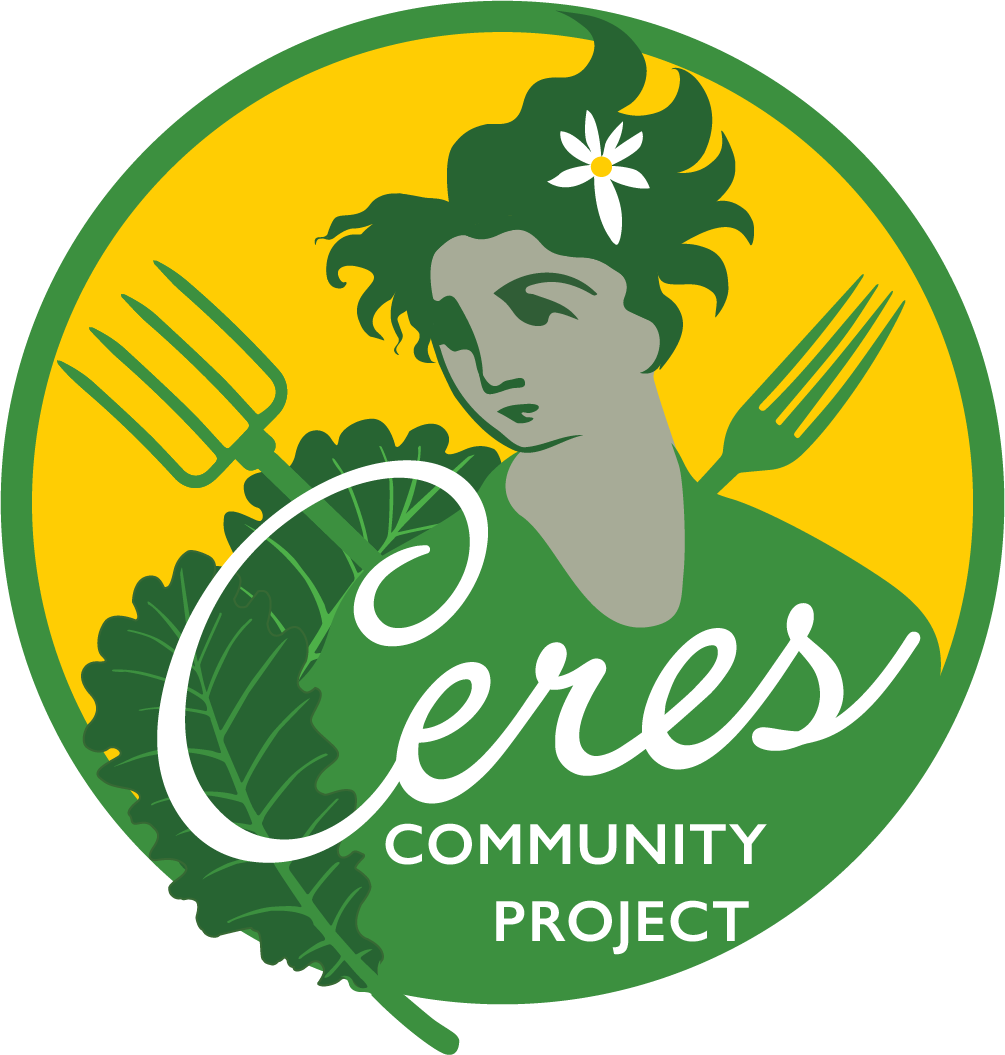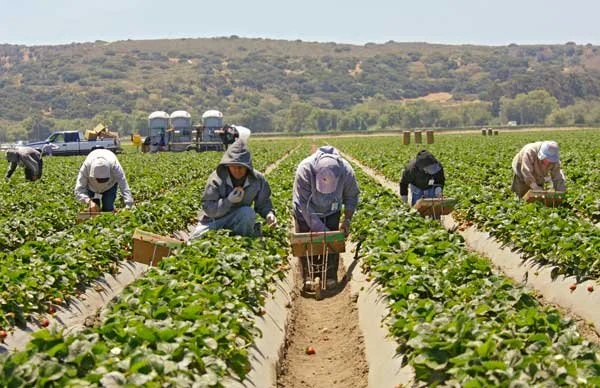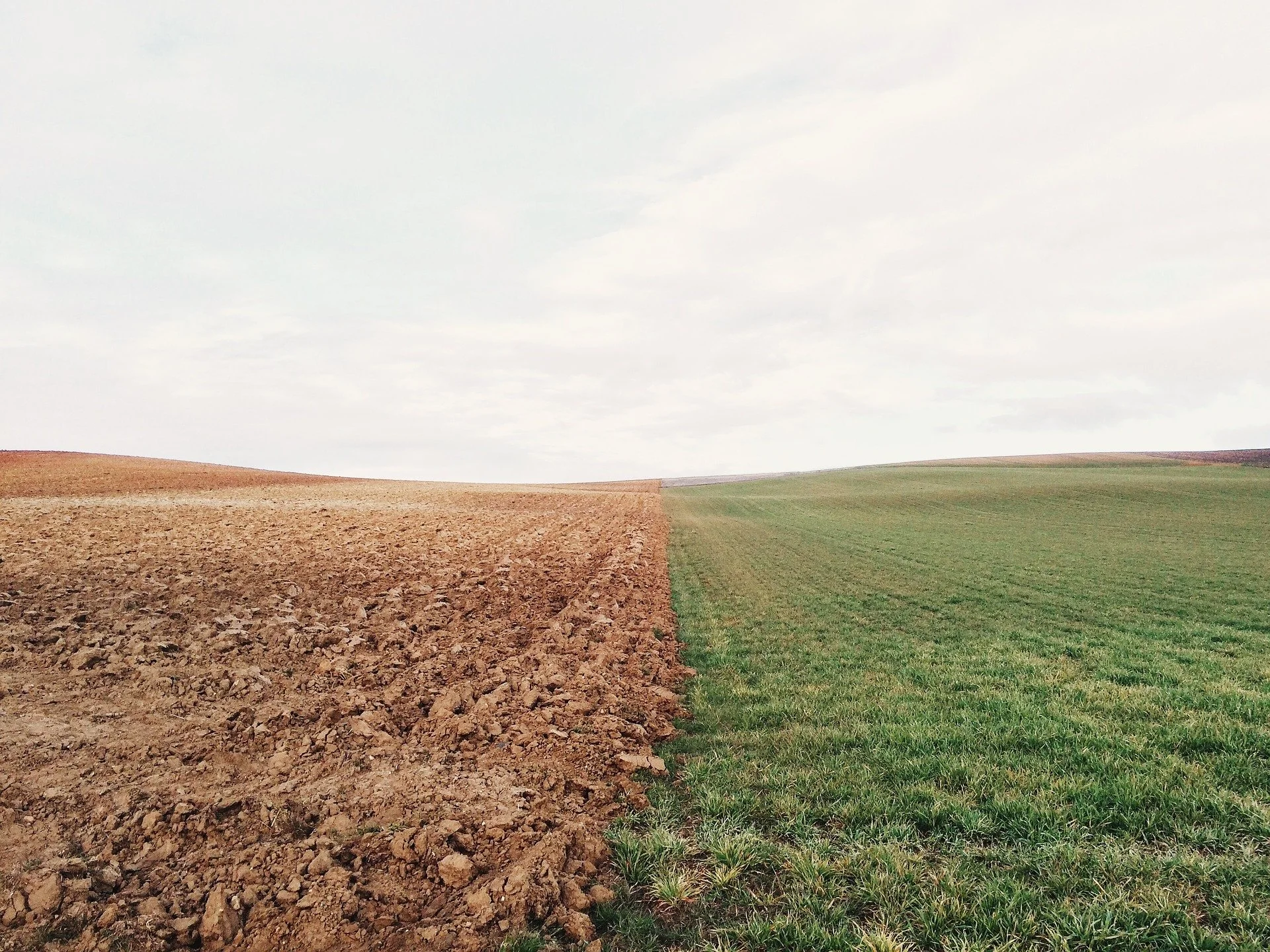Healthy Soil, Healthy Food
Dear Friend,
Saturday December 5th was Global Soil Day, and this month’s Nourishing Discourse celebrates the importance of healthy soil to our own health and the health of the planet. It’s written by Ceres’ Garden Program Manager Sara McCamant, who brings more than 32 years of community gardening, seed saving and gardening education to her work.
Happy holidays!
Be Well,
Reilly Briggs
Policy Coordinator
Organic agriculture, soil health, climate change, individual health, and community health are all deeply inter-connected, and at Ceres, we are committed to strengthening those connections. As soil has been depleted by conventional agriculture and crops are sprayed with harmful chemicals to make up for it, we need to reframe what it means for food to be healthy.
Healthy soil is alive. A single teaspoon of rich soil can contain more than one billion bacteria, fungi, nematodes, and protozoa. These microorganisms foster a vibrant soil ecosystem that promotes the uptake of nutrients into the food we eat. Antioxidants, phytochemicals, and minerals are all higher in food grown organically. [1] These components are important factors in helping our bodies fight disease. You cannot grow nutritionally dense food on dead soil. The nutrients a plant absorbs through the soil are the same nutrients we eat—healthy food depends on healthy soil.
"Our food thrives in healthy soil that is teeming with life—microbes, bacteria, fungi, and much more. When we disrupt the soil microbiome with chemicals or tillage, we also disrupt the important pathways that deliver health benefits to our food." [2]
Because organic food has a higher nutrient content it supports better health for people. But we also must consider the bigger picture of the food system. If the food we eat contaminates water sources, or makes farmworkers sick through the way it’s been grown, we can’t say that the food is healthy. Caring for the soil helps us tackle climate change, since healthy soil captures carbon into the soil through photosynthesis. Healthy soil holds water which helps combat drought and soil erosion. The practices of conventional agriculture have led to the degradation of invaluable topsoil, and it is estimated that we only have 60 harvests worth of topsoil left if we do not change how we are growing our food. [3]
“Feeding ourselves dominates our landscapes, using about half the ice-free land on earth. It sends us into the oceans, where we have fished nearly 90 percent of species to the brink or beyond. It affects all the planet’s natural systems, producing more than 30 percent of global greenhouse gases. Farming uses about 70 percent of our water and pollutes rivers with fertilizer and waste that in turn create vast coastal dead zones. The food on your plate touches everything.” Tim Zimmermann, Outside Online 2016
At Ceres, we work to care for all of these connections. Our garden program grows as much nutritionally dense organic produce as possible on one acre across our two sites. We use compost, compost teas, mulch, cover crops, and low-till techniques to support the soil. Youth volunteers learn the techniques to grow healthy food and we model how to grow food in ways that nourish the environment instead of polluting it.
Our efforts in organic agriculture are rooted in our core belief that “everything matters.” That’s why we are involved with farming policy and healthy soil legislation. Our CEO regularly speaks at organic farming and nutrition-related conference to help bridge the gap between soil health, organic advocates and health advocates. We believe that food is medicine, but all food is not created equally. The quality of the food is important—it needs to be organic, grown in a way that supports the health of soil, people and planet, nutritionally dense, and full of antioxidants, phytochemicals, vitamins, and minerals.
Our healthy food choices can build a healthier planet, and we can look beneath our feet to do that. Health begins in the soil.
What You Can Do
Learn how to transition your home garden to a regenerative one!
Read our 2016 White Paper “The Power of Our Food Choices”
Find out about the Farm Bill and advocate that the next one in 2023 supports organic agriculture, healthy soil and addresses climate change
References






